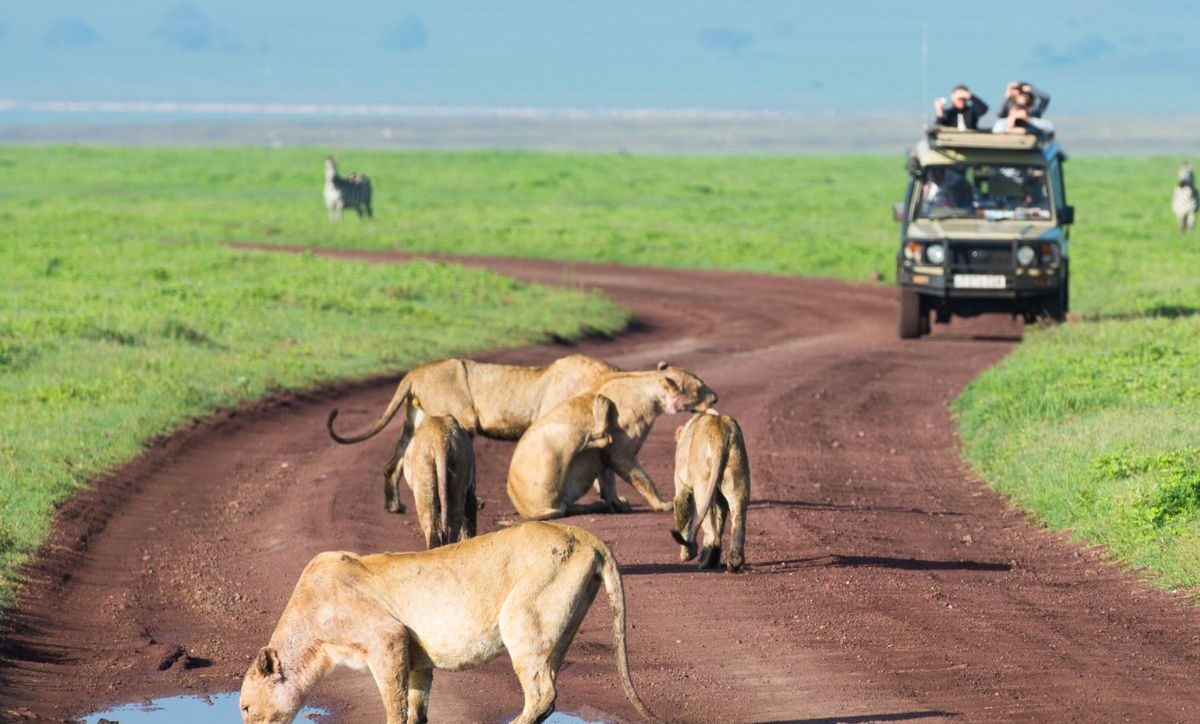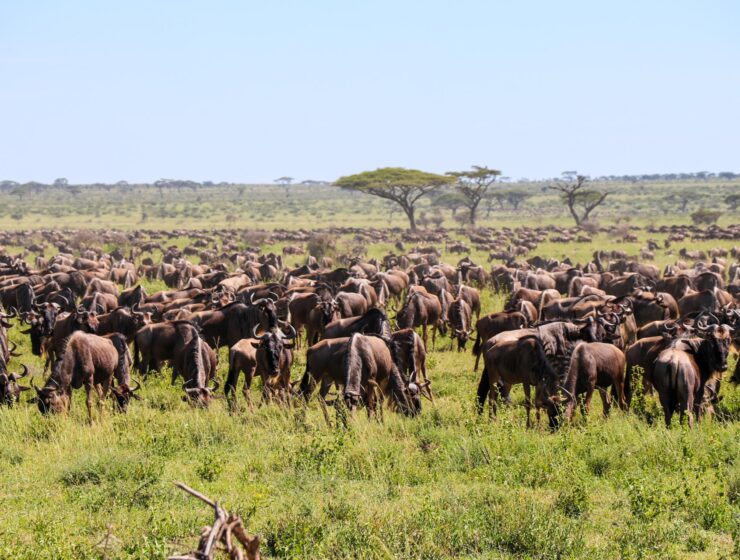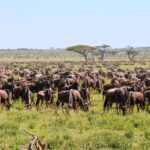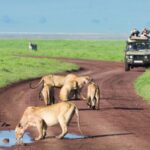Finding the Perfect Moment to Travel to Tanzania for Safari
Planning a holiday in Tanzania involves more than choosing the right destinations; it requires timing your visit to ensure you witness the country’s wonders at their best. With diverse landscapes, wildlife spectacles, and cultural events, Tanzania offers something special throughout the year. Let’s unravel the nuances of each season to help you determine the best time for your Tanzanian adventure.
Dry Season (June to October): Safari Spectacle
June to October marks the dry season, making it the prime time for a safari adventure. With the landscapes parched, wildlife congregates around water sources, offering unparalleled viewing opportunities. The iconic Serengeti migration is at its peak during this period, as millions of wildebeest and zebras traverse the plains in search of sustenance.
Shoulder Seasons (November and December, March to May): Quiet Wilderness
November and December signal the short rains, introducing a quieter ambiance in the national parks. While some areas might experience brief showers, the lush greenery paints a picturesque backdrop. The low tourist numbers during these months provide an intimate safari experience.
March to May brings the long rains, transforming the landscapes into a verdant paradise. While some parks may become challenging to access, the reduced crowds and vibrant scenery create a unique atmosphere. It’s an excellent time for birdwatching and enjoying the lush beauty of Tanzania.
Wet Season (January to February): Calm Coasts and Clear Skies
January to February marks the short dry season, offering a reprieve from the rains. This period is ideal for coastal activities, with clear skies and calm seas. Explore the pristine beaches of Zanzibar and indulge in water sports or simply unwind by the Indian Ocean.
Cultural Festivals: Year-Round Attractions
Tanzania’s cultural richness is on display year-round through various festivals. Consider timing your visit to coincide with events like the Zanzibar International Film Festival (July), showcasing African cinema, or the Nguvumali Cultural Festival (August), a celebration of traditional music, dance, and art.
Climbing Mount Kilimanjaro: January to March and September to October
For those seeking the summit of Mount Kilimanjaro, the best times are January to March and September to October. These months offer clearer skies and milder temperatures, enhancing the trekking experience. Proper planning and acclimatization are crucial, irrespective of the chosen months.
Wildlife Calving Season (January to February): Ndutu Region
The Ndutu region in the southern Serengeti experiences the wildebeest calving season from January to February. Witnessing adorable newborns taking their first steps is a heartwarming spectacle. The abundance of predators in the area adds an extra layer of drama to the natural cycle of life.
In conclusion, choosing the best time to visit Tanzania depends on your preferences and the experiences you seek. Whether you aim to witness the Great Migration, scale Mount Kilimanjaro, or immerse yourself in cultural festivities, Tanzania’s diverse offerings ensure there’s something extraordinary in every season. Plan wisely, and let the magic of Tanzania unfold during your unforgettable holiday.





